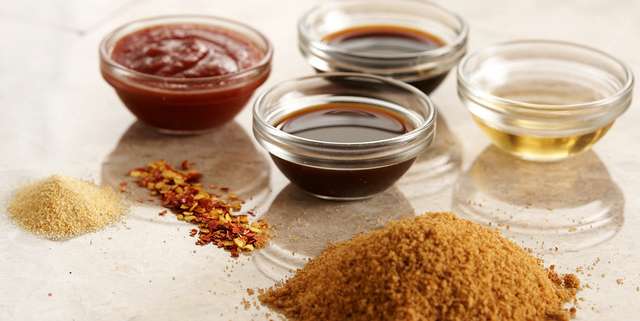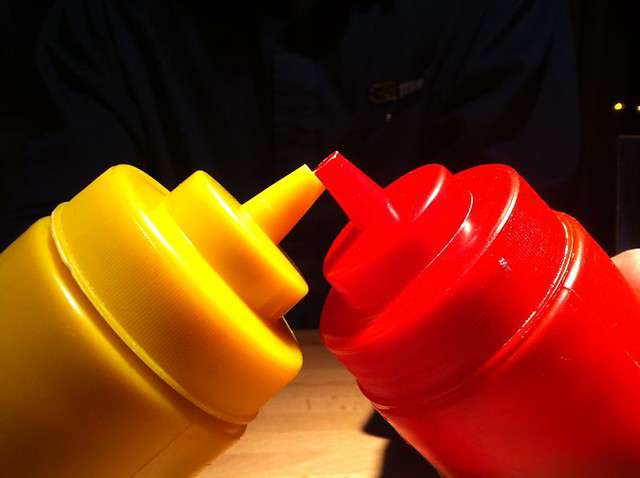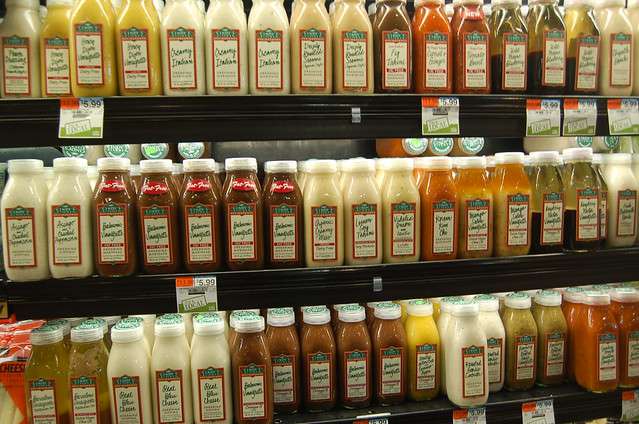
The processed foods industry consists of a wide variety of choices, with sauces and dressing making up a large portion of these products and an expansive selection setting new market trends. With so many choices available, color perception is becoming a predominant element in quality control and consumer acceptability.
The ability to monitor color for consistency and repeatability is a mark of quality and superiority in the food industry and necessary for developing product standards and marketability. As with any food choice, color perception plays a vital role in consumer selection and provides a visual cue for food safety and acceptability. Color that does not match consumer expectations or is not consistent from batch to batch is often rejected by the consumer and can create an adverse brand perception. Color measurement throughout every stage of production ensures that products meet color perception expectations and quality standards consistently.

Sauces and dressings are available in a variety of formulations ranging for translucent to opaque with varying consistencies. Choosing the right instrumentation for color monitoring is essential to meeting the needs of this industry.
Image Source: Flickr user Breville USA



